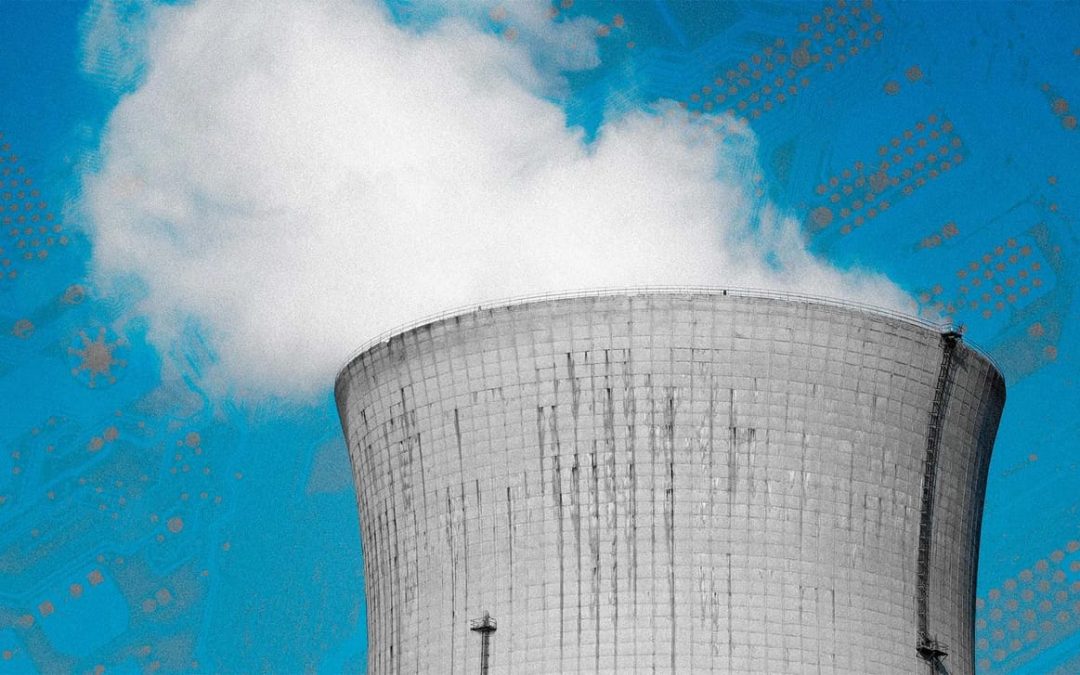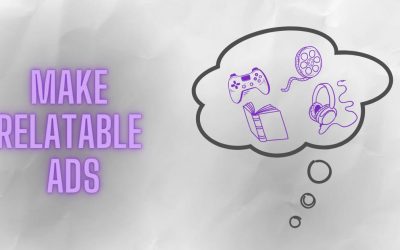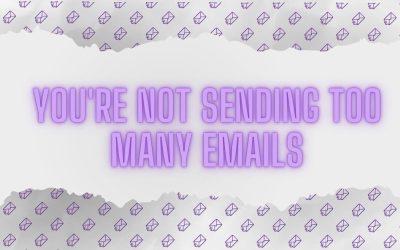Hey there, welcome back to Marketing Qualified. We hope you had a fun Halloween! But back to business today. Here’s what we’re talking about:
Should you build a referral program? Four crucial questions to ask yourself.
The biggest enemy in B2B marketing. It’s a tough battle, but you have to fight it.
🤝 Should you build a referral program?
Referral programs aren’t just for getting people to sign up for the latest meal kit service or to try Athletic Greens.
B2B referral programs have a lot of potential. But, they’re not right for every type of B2B business.
Before taking the plunge into building a formal referral program, here are some key questions to ask yourself.
1) Are your customers happy enough to refer?
If you don’t have this, then the conversation stops here. Happy customers are a requirement for referrals.
Referrers will be people who’ve been with you long enough to trust you, see results, and possibly even love you.
They’re not people who feel lukewarm about your product or have had bad experiences.
If you have most or all of the following, then a referral program could be a good move:
A high NPS score
Regular conversations or messages from customers singing your praises
Plenty of testimonials and/or case studies
People post positive things about you on social media. (But it has to be organic!)
Existing customers are already referring you new business even though you don’t have a formal referral program.
2) Is your customer LTV high enough to justify rewards?
Here’s the math part. Referrals make sense when customers have a high lifetime value (LTV).
Why? Because that value needs to cover not only the new business but also the incentive you’re promising.
If your typical client has a significant LTV, the investment in a referral reward won’t sting. But if you sell a lower ticket-value product, it could take too long to recoup your costs.
This is especially important to pay attention to if you have high churn.
3) What kind of rewards would appeal to your audience?
B2B folks don’t get excited about generic incentives. Generally, a coupon, gift card, or 10% kickback for a few months isn’t going to cut it.
You need to provide more creative rewards than B2C referral programs do.
Think more outside the box. Here are a few ideas from B2B referral programs that we’ve come across before:
Access to exclusive data
Co-marketing opportunities
Free consulting hours with executives or subject matter experts
VIP support
Access to exclusive features
Invitations/tickets to exclusive events
4) Can you make it simple enough to actually work?
People in the B2B world are, unsurprisingly, very busy.
They don’t have time for a referral process that’s a maze of forms, requirements, and follow-ups.
The easier you make it for them to send you a referral, the more likely they’ll do it.
If you’re going to create a B2B referral program that actually works, it needs to be stupidly simple to join and use.
If you hit these checkpoints, a referral program could be a game-changer in your B2B toolkit. But remember, it’s not one-size-fits-all. Design it in a way that makes sense for your needs and your customers.
When done right, it can turn happy customers into your best (and cheapest) sales team.
📰 In the news this week.
🕚 The best time to post on social media (Q3 2024 data).
📢 How (and why) this brand created an ad campaign entirely with AI.
🎄 Holiday marketing examples and inspiration.
🤖 OpenAI will release its new model in December.
💡 How to turn everyday data into “A-ha” market insights.
🙅 The biggest enemy in B2B marketing.
If you had to sum up most B2B messaging in one word, what would it be?
For us, it’s “fluff.”
Fluff should be every B2B marketer’s greatest enemy!
Go browse almost any B2B website, and you’ll come across a wave of fluff.
Want proof? Here are headlines from some of the most well-known B2B companies in the world:
Adobe: Anywhere your imagination takes you
Salesforce: Grow faster on Salesforce
HubSpot: Grow better with HubSpot
IBM: Go from AI ambition to AI action
Accenture: 360° VALUE (this one’s our favorite 😂)
These messages tell a prospect absolutely nothing!
But unfortunately, most B2B companies lead with messaging just like this.
And execs eat it up! Which most B2B marketers know. Which is why so many companies keep using fluffy messages. A vicious cycle.
But here’s the crazy solution that we propose…
Ditch the fluff! Just tell customers what product you built for them.
You should highlight:
A clear product category
A clear benefit powered by actual features
Exactly who your audience is
Real-world use cases
Here’s an example to illustrate:
The B2B marketer version = all fluff
On the other hand, the actual ad shows…
A clear product category → sneakers
Clear benefits → shoes you can swim in
Actual features → sprint laces, high grip outsole, drainage holes
Who the audience is → people who need waterproof shoes
A real-world use case → the image shows the product in action
You want your messaging to look more like this and less like every other fluffy B2B company’s.
😂 Marketing meme of the week.
How’d we do with this week’s newsletter?
😍 Loved it
A READER’S REVIEW
Enjoy this newsletter? Forward it to a friend to spread the love.
Want us to write about something specific? Submit a topic or idea.







